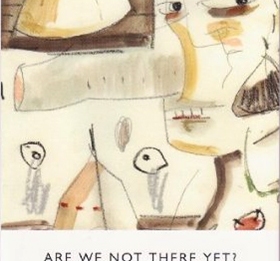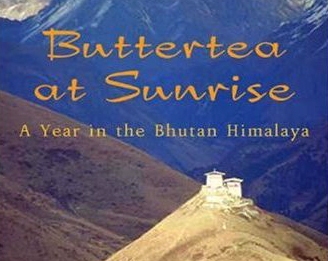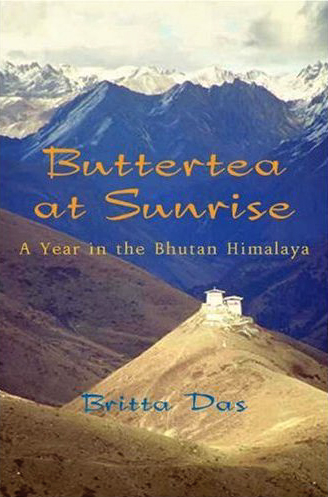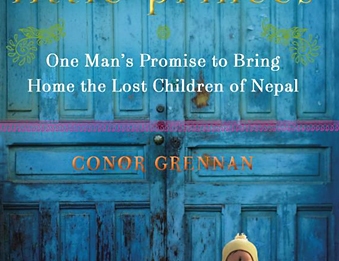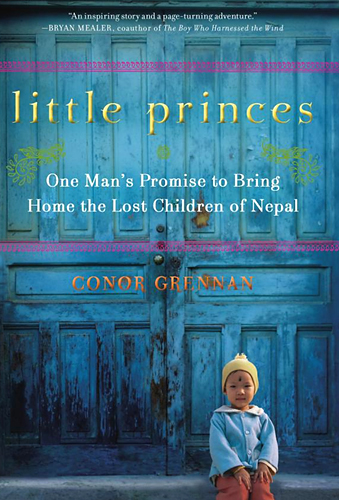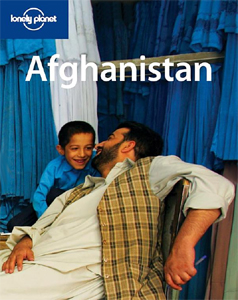Are We Not There Yet?: Travels in Nepal, North India and Bhutan
by: Chuck Rosenthal
In 2006 Chuck heads to Northern India and the Himalayas for four months with a group of drinking and pot smoking California college students, his wife, his daughter Jesus, and his trusty, well actually confusing, buddy C3PO, but not before a stop in Bangkok. At this point I say: What’s not to like here?
Written with a great sense of spontaneous skepticism and unabated cynicism, as well as humorous wit, this book is a great view into India and the Himalaya from an educated westerner’s point of view. You can tell Chuck knows the religions of the region, and he doesn’t hold back in giving his humorous interpretation of them when he can. He asks the questions that many, including myself, question when in India. He also tries to answer 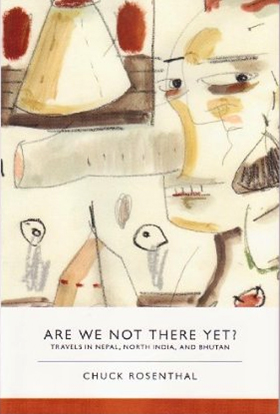 those questions from a “common sense” point of view. He points out the nuances of the area, he tries to explain how Indian’s think, he tries to understand how they come up with that thinking. What entails is a humorous travel memoir that sets out to educate the western world reader in Indian and Himalayan culture, thinking and religion …or at least try to explain it as much as it can be in a common sense type of way.
those questions from a “common sense” point of view. He points out the nuances of the area, he tries to explain how Indian’s think, he tries to understand how they come up with that thinking. What entails is a humorous travel memoir that sets out to educate the western world reader in Indian and Himalayan culture, thinking and religion …or at least try to explain it as much as it can be in a common sense type of way.
For those who have been to the area, you know what I’m talking about. For those that haven’t been, Chuck does a good job in giving a truthful and honest interpretation from a western perspective. …the cows in the road that are not there, that are sitting there, but they are not there, depending on who you ask. The half-hour that turns into five hours, but is still considered a half-hour, even at the five-hour mark. The five hot water handles in a bathroom, which has no hot water, but even if it did you would first have to learn the secret combination of the five handles along with the eight other cold water ones before you could get even a drip. From the touts and sellers of Varanasi to the mountains of Bhutan, Chuck weaves a nice little tale here, keeping the students out-of-the-way most of the time, including them when a humorous experience entails. Recording the conversations, remarks and experiences of Jesus, his daughter (…and if you can’t imagine where that is going, you may not like the book) along the way and trying to understand and cooperate with C3PO throughout, all while wearing his feather filled cowboy hat.
The book starts off right before the trip, in California, where Jesus totals her car the night before the flight. …and so it starts. From there they head to Bangkok, and what do thirteen college students do the first time they are out of the states without their parents? Drink. From Bangkok to Kolkata. Kolkata to Varanasi. Varanasi up to the Himalayas. Northern India, Nepal and Bhutan.
The book starts off strong. Really strong. A humorous masterpiece of travel memoir literature right from the start. unfortunately the book dies down around half way through, but fortunately not enough to deter the reader from interest in the rest of the story. The second half isn’t bad or boring in any way, but relative to the first half of the book, is a little of a letdown. Still, all in all, a great humorous travel memoir, as well as informative in many areas of Himalayan culture.
Bottom Line:
…it’s a good humorous travel memoir with some great points. Very original, quite funny and entertaining, as well as an original approach and writing style. There are points in this book that are absolutely hilarious and oh so true, yet never written about:
Recommended for anyone as a humorous travel memoir.
Highly Recommended for those who have been to India or are planning to go.
Help me keep traveling, reviewing, and taking pictures. If you want to buy this book, or any other book through Amazon, than click and buy through the photo above. Thank you!!! John
